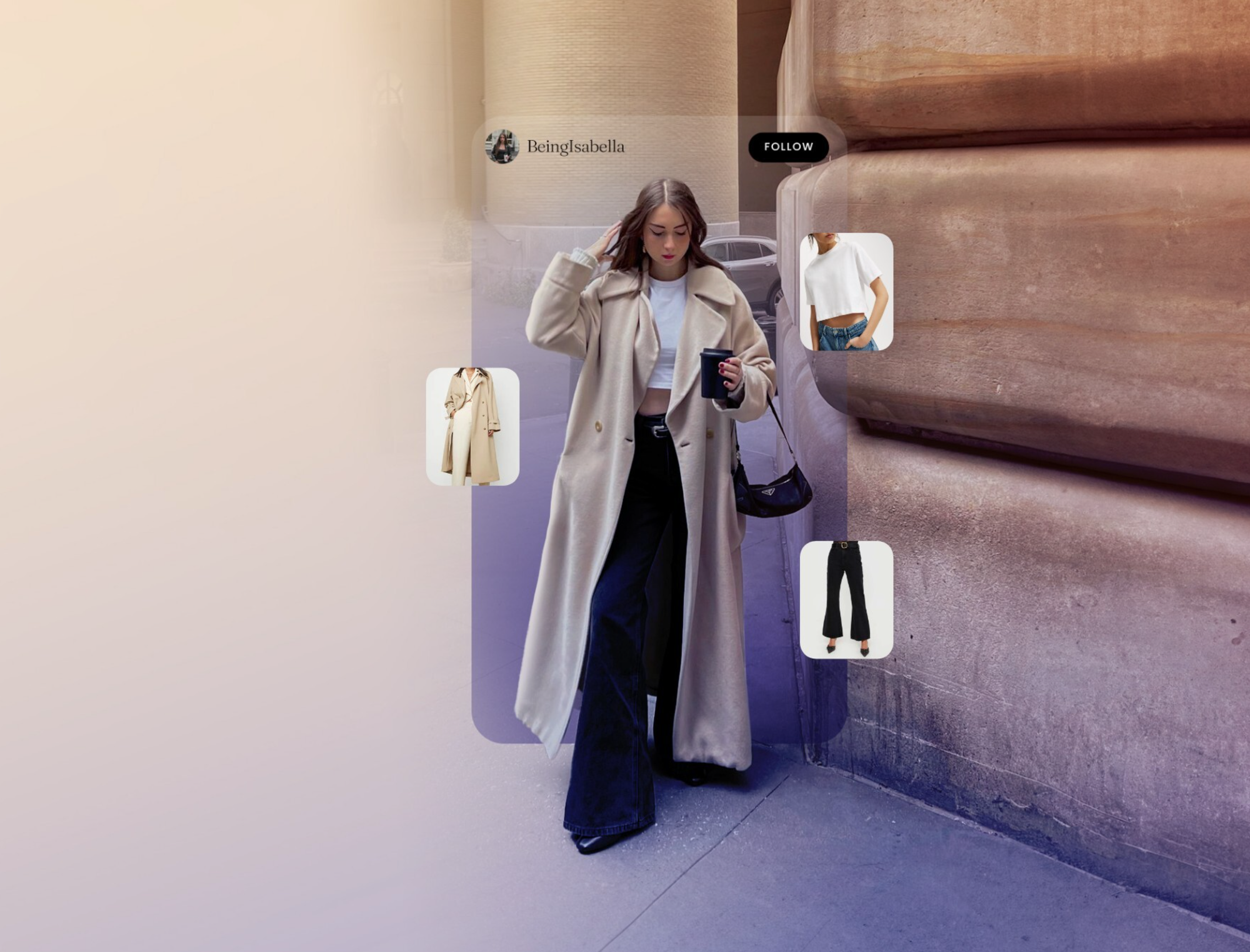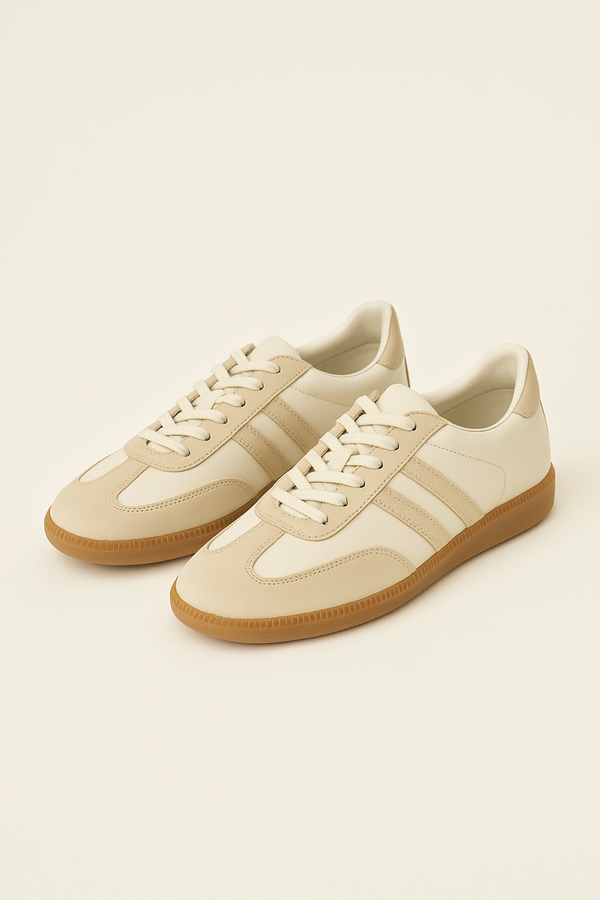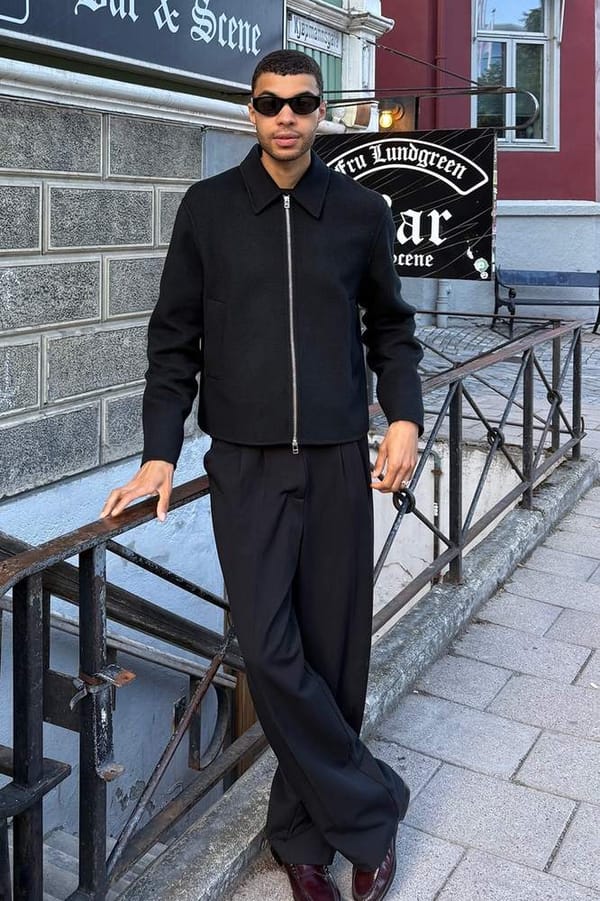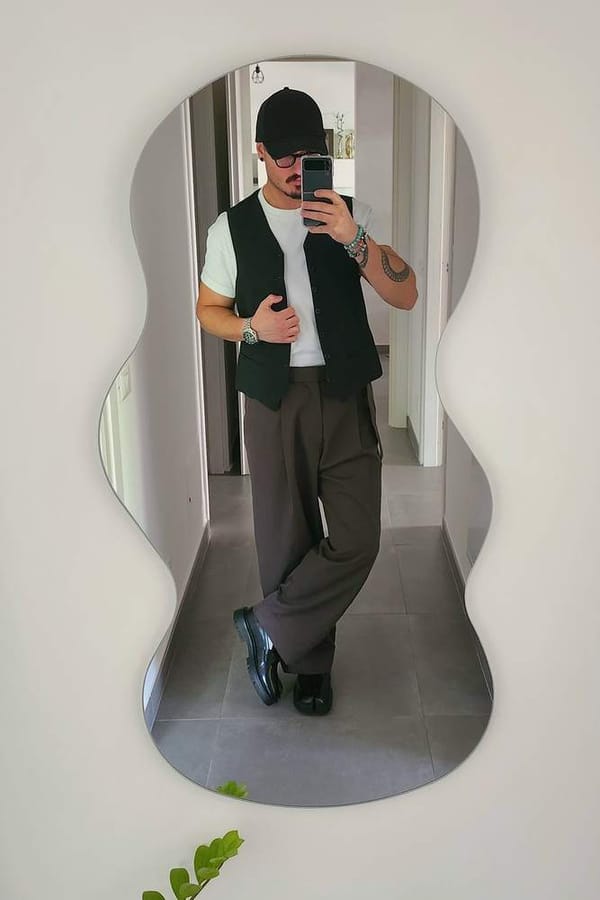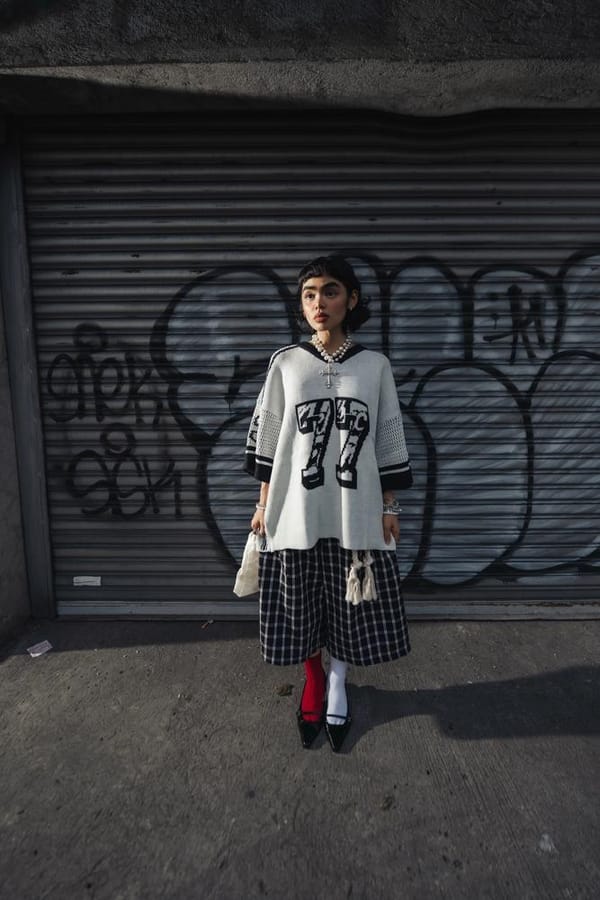"Business casual" is a term that gets tossed around frequently, but what does it really mean? For many, it's a gray area that leaves people second-guessing their wardrobe choices. In a world where first impressions truly count, understanding business casual attire is essential. This guide delves into what business casual actually entails, offering clear guidelines for both men and women and using real-life examples from Parallel.
Defining Business Casual
At its core, business casual is about finding the middle ground between formal business wear and everyday casual attire. It's designed to be a blend of professionalism and comfort, a dress code that conveys competence without the rigidity of traditional office attire. The challenge lies in striking that balance—being too casual can make you appear unprofessional while being too formal might make you seem out of place.
Business casual is not one-size-fits-all; it varies by industry, company culture, and even geographic location. However, it may be helpful to have some general rules that can help guide your choices.
Business Casual for Women
Women have a broader spectrum of options in business casual attire, but with more choices come more potential pitfalls. Here’s how to navigate the dress code:
Tops

What Works: Blouses, button-down shirts, and elegant tops are all excellent choices. Aim for tops that have structure and are made of quality fabrics like cotton, silk, or blends. Cardigans and blazers are great for layering and can add a level of professionalism to almost any outfit.
What Doesn’t: Avoid tops that are too casual, such as tank tops, spaghetti straps, or anything with excessive lace or sheer panels. Graphic tees or overly trendy styles are also not suitable for a business casual setting.
Bottoms

What Works: Dress pants, tailored trousers, and mid-length skirts are all appropriate bottoms. Make sure the fit is flattering but not too tight.
What Doesn’t: Miniskirts, shorts, and leggings are out of place in a business casual environment. Jeans might be acceptable in some workplaces, but they should be dark, tailored, and free of any embellishments.
Dresses

What Works: Dresses should follow simple patterns or solid colors. Pairing dresses with tights can also elevate the outfit for more of a professional feel.
What Doesn’t: Avoid dresses that are too short, too tight, or have too much embellishment.
Footwear

What Works: Flats, loafers, low heels, and closed-toe shoes are all great options. Nude, black, or other neutral colors are versatile and professional.
What Doesn’t: Flip-flops, casual sandals, and overly high heels should be avoided. The goal is to maintain a balance of style and comfort without compromising professionalism.
Accessories

What Works: Simple, understated jewelry like stud earrings, delicate necklaces, and classic watches work well. Scarves and belts can also add a personal touch without overpowering the outfit.
What Doesn’t: Overly large or flashy jewelry, bags that are more suited to the beach than the boardroom, and anything too trendy should be avoided.
Business Casual for Men
Men often have a more straightforward path when it comes to business casual, but that doesn’t mean there isn’t room for error. Let’s break it down:
Shirts

What Works: A button-down shirt is the foundation of business casual attire. Opt for solid colors, subtle stripes, or small checks. Light blues, whites, and pale pinks are versatile and professional. Polo shirts can be acceptable in more relaxed environments, especially in warmer climates.
What Doesn’t: T-shirts, especially those with graphics or logos, are too casual. Shirts with bold patterns or overly bright colors can also be distracting and out of place.
Pants

What Works: Chinos and dress pants are the go-to choices. They should be well-fitted, preferably in neutral colors like khaki, navy, gray, or black. The fit is crucial, too tight or too loose can both look unprofessional.
What Doesn’t: Jeans are often a no-go unless explicitly allowed by your workplace. Even then, they should be dark, free of rips, and tailored. Cargo pants and shorts are far too casual and should be avoided.
Footwear

What Works: Leather shoes, loafers, or brogues in black, brown, or oxblood are perfect choices. They add a polished finish to your outfit.
What Doesn’t: Sneakers, flip-flops, and overly casual shoes are inappropriate. Even in a relaxed setting, the footwear should still convey a sense of professionalism.
Jackets and Sweaters

What Works Blazers and sport coats can elevate your look and are a great way to stay within the business casual framework while adding a layer of formality. Sweaters or cardigans layered over a collared shirt can also work well, especially in cooler weather.
What Doesn’t: Hoodies, bomber jackets, and anything with a casual, sporty vibe should be left at home.
Accessories

What Works: Keep accessories minimal and functional. A simple belt, a classic wristwatch, and perhaps a tie if the occasion calls for it. Ties are optional in business casual, but they can be a good way to add a touch of formality.
What Doesn’t: Avoid loud socks, flashy jewelry, and anything that draws too much attention away from the overall outfit.
What Business Casual Isn’t
Business casual is often misunderstood, leading to a mix of inappropriate clothing choices. Here’s what business casual is not:
- Denim: Unless specified by your company, jeans are typically not part of a business casual wardrobe. When allowed, they should be dark, well-fitted, and free of rips or distress.
- Athletic Wear: Anything designed for the gym, like sweatpants, hoodies, and sneakers is off-limits.
- Graphic Tees and Logos: T-shirts with logos, slogans, or graphics are far too casual for business settings.
- Excessively Casual Footwear: Sneakers, sandals, flip-flops, and overly casual shoes do not meet the business casual standard.
Why Business Casual Matters
Understanding and following the business casual dress code is crucial because it reflects your professionalism and respect for the workplace. Dressing appropriately can boost your confidence, enhance your credibility, and help you make a positive impression on colleagues and clients, overall making a positive impact on your career and professional life.
Navigating business casual fashion choices doesn’t have to be daunting. By focusing on pieces that blend professionalism and comfort, you can easily create outfits that meet the expectations of this dress code. Keep in mind that the exact definition of business casual can vary depending on your workplace, so if you are ever in doubt, observe what others are wearing or seek guidance from your HR department. With this guide, you’ll be well on your way to mastering business casual, and you can have confidence that your wardrobe choices always hit the mark.
